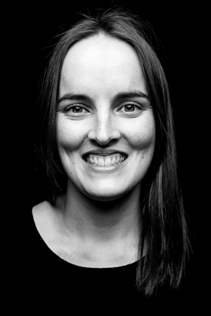
M.Sc. Elisabeth Krewer
Phone: +49 221 470-90376
E-Mail: : e.krewersmail.uni-koeln.de
Collaboration
Institute for Prehistoric Archaeology
Funded by Stiftung zur Förderung der Archäologie im rheinischen Braunkohlenrevier and Deutsche Bundesstiftung Umwelt (DBU).
Diet and animal husbandry during the Neolithic - Lipid analysis on ceramic vessels from the Lower Rhine Bay (PhD Project)
Analysis of organic residues in ceramic vessels can reveal traces of plant and animal residues and thus allow the reconstruction of diet and subsistence strategies in the past, even in the absence of human or animal remains. The Neolithic is a time of massive changes in settlement patterns and agricultural behavior. Organic residue analysis offers the possibility to answer fundamental questions about subsistence strategies in this critical time period.
The project targets well-known Neolithic sites in the Rhineland (especially in the Lower Rhine Bay), which suffer from strong decalcification of the loess soils and poor preservation of animal bones. Therefore, inferences about animal husbandry and the reconstruction of diets (meat and milk consumption) based on collagen analysis is difficult or even impossible. We use lipid analysis and the stable isotope compositions of animal fats from selected Early to Final Neolithic pottery to gain information on the diachronic development of diets and animal husbandry, with a specific focus on the introduction of milk (Fig. 1).